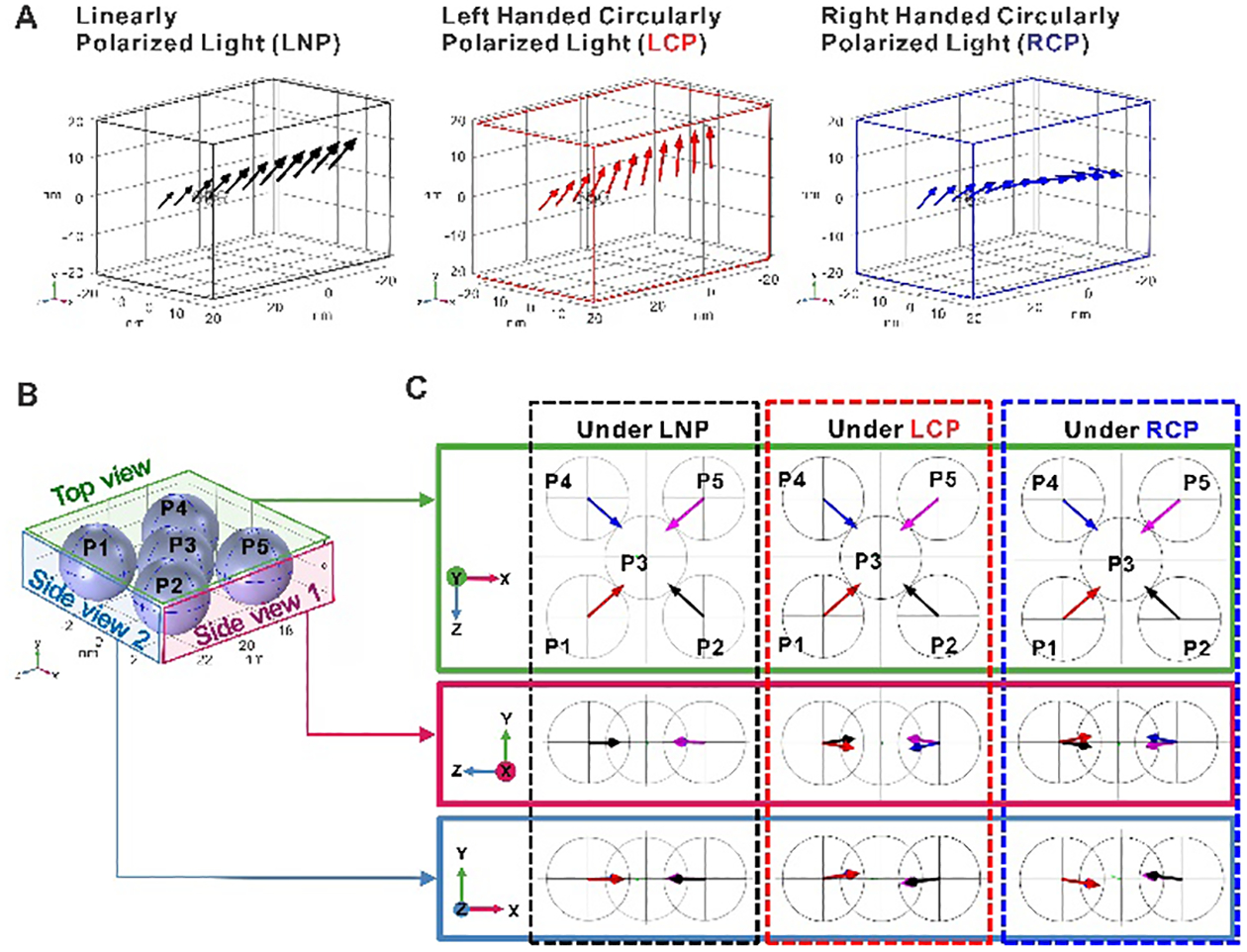Figure 2. Interparticle forces in the achiral plasmonic assemblies dependent on the polarization of incident light.

(A) The forces fields were calculated for three different illumination conditions: linear (black), left-handed circular: (red), and right-handed circular (blue) polarization. The arrows show the directions of electric field of the incident photons as they pass through the nanoassembly (light propagates along the -z direction). (B) Model of NP assemblies from five 3 nm gold NPs (P1 to P5). (C) Forces acting on each NP (red: P1; black: P2; green: P3; blue: P4; magenta: P5) under three different polarizations light. The arrow lengths are proportional to the magnitude of force on each NP.
